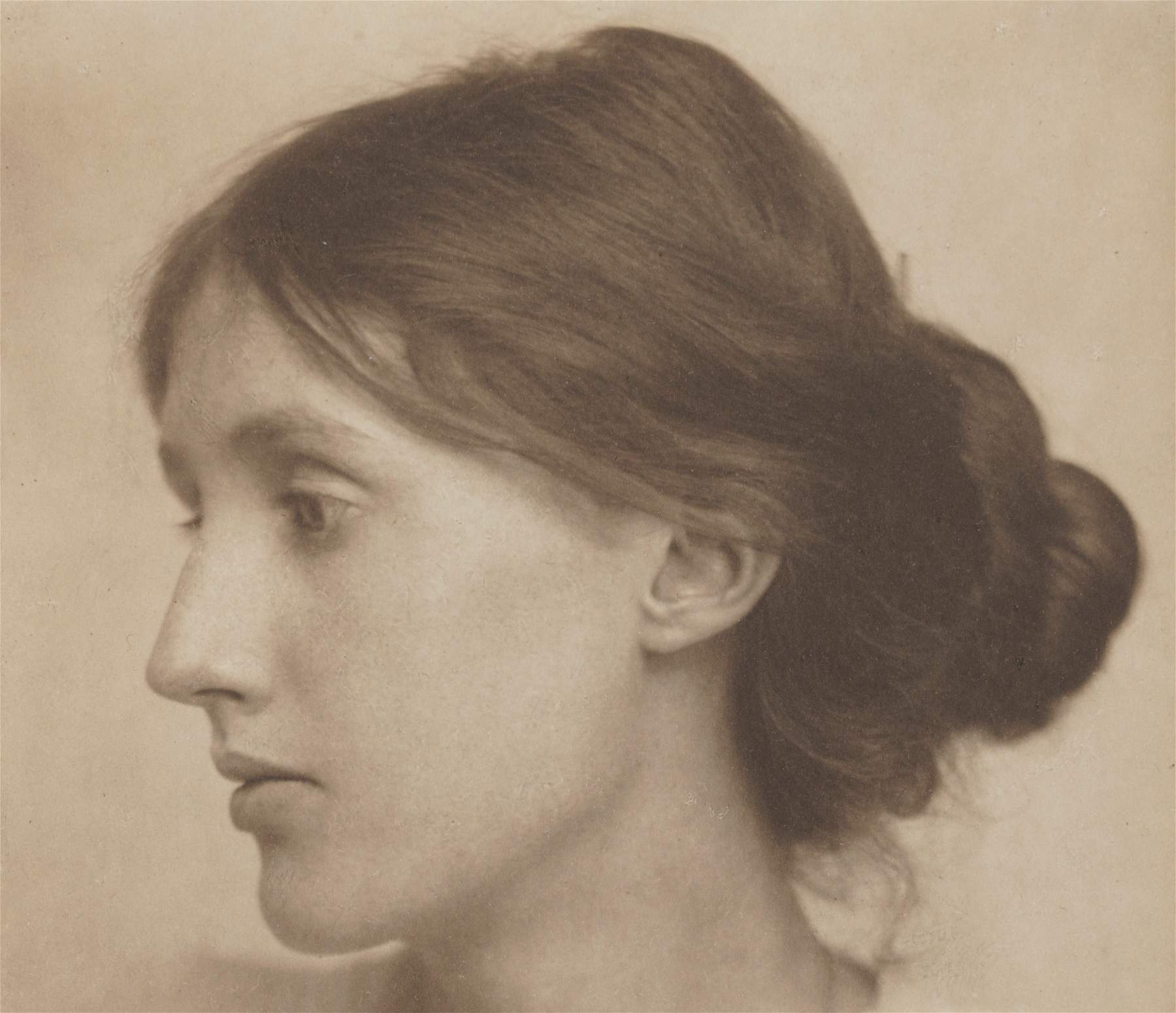Virginia Woolf and the Bloomsbury Quarter. At Palazzo Altemps the first Italian exhibition on the subject
The National Roman Museum at Palazzo Altemps presents for the first time in Italy from Oct. 26, 2022 to Feb. 12, 2023 an exhibition that aims to celebrate the spirit that animated Bloomsbury, that is, the place where new forms of life and thought were pioneered that revolutionized Victorian principles. Orphaned in 1904, Virginia Stephen, not yet Woolf, and siblings Vanessa, Thoby, and Adrian moved from upper-class Kensington to the less privileged Bloomsbury neighborhood. Soon a group of young women and men meet in the house at 46 Gordon Square.
Virginia Woolf and Bloomsbury. Inventing Life is the exhibition project that the National Roman Museum and the publishing house Electa have created in collaboration with London’s National Portrait Gallery to bring to the forefront the primal soul of Palazzo Altemps, which began as a noble house in the heart of Rome.
Conceived and curated by Nadia Fusini, a profound connoisseur of the English author whose two-volume edition she edited in the Meridiani, in collaboration with writer, playwright, storyteller, and performance artist Luca Scarlini, the exhibition aims to recount in particular an experience of intellectual friendship through books, words, paintings, photographs and objects of the protagonists of this neighborhood.
Indeed, in five rooms of Palazzo Altemps, each corresponding to the different sections of the exhibition, the story of the figures of Bloomsbury unfolds. The young intellectuals who met in the Stephen sisters’ rooms shared artistic predilections, romantic relationships, innovative work experiences, and social motivations. Strong-minded figures who would become economists, historians, writers, philosophers, and committed leftist artists. They hoped, like Leonard Woolf, for a classless society or, like Virginia, for a world without ivory towers for her artists; John Maynard Keynes revolutionized economic thought and laid the foundations of the welfare state as well as the state’s collaboration with the arts; Lytton Strachey invented a new way of writing history. Beyond the undisputed value of equality, first and foremost economic equality, another indispensable value was the recognition of each person’s singularity.
The exhibition is set up in the rooms of Palazzo Altemps, which in the past housed a prestigious library, collected between the late 16th and 17th centuries by Cardinal Marco Sittico Altemps and his nephew Giovanni Angelo, later merged into the Vatican Apostolic Library, and which in the 19th century hosted prestigious literary salons. It was here, in the church of Clemenza and Sant’Aniceto kept inside the building, that Gabriele D’Annunzio married Maria Hardouin di Gallese in 1883, a family that last inhabited Palazzo Altemps.
The exhibition catalog, published by Electa and edited by Nadia Fusini and Luca Scarlini, is constructed as an intimate diary, a notebook of notes and memories, a visual narrative that traces the thematic nuclei of the exhibition: the protagonists, the houses, the loves, the literature, the relationship with the arts and publishing, tracing the portrait of one of the most significant cultural experiences of the twentieth century.
For info: www.museonazionaleromano.beniculturali.it
Image: George Charles Beresford, Virginia Woolf (print; London, National Portrait Gallery) © National Portrait Gallery
 |
| Virginia Woolf and the Bloomsbury Quarter. At Palazzo Altemps the first Italian exhibition on the subject |
Warning: the translation into English of the original Italian article was created using automatic tools. We undertake to review all articles, but we do not guarantee the total absence of inaccuracies in the translation due to the program. You can find the original by clicking on the ITA button. If you find any mistake,please contact us.





























